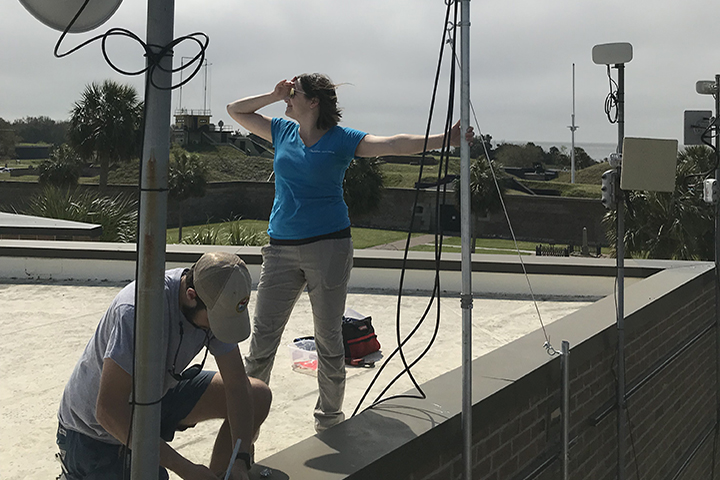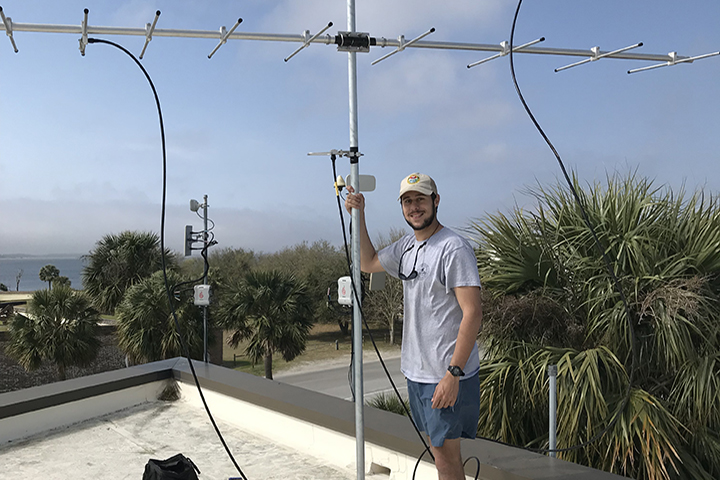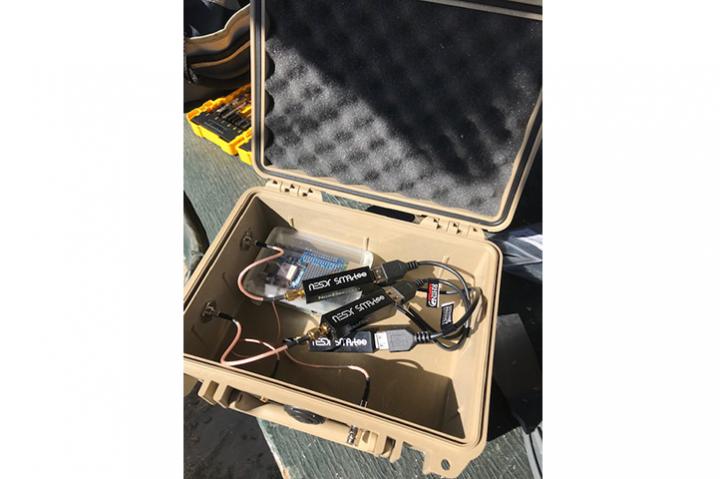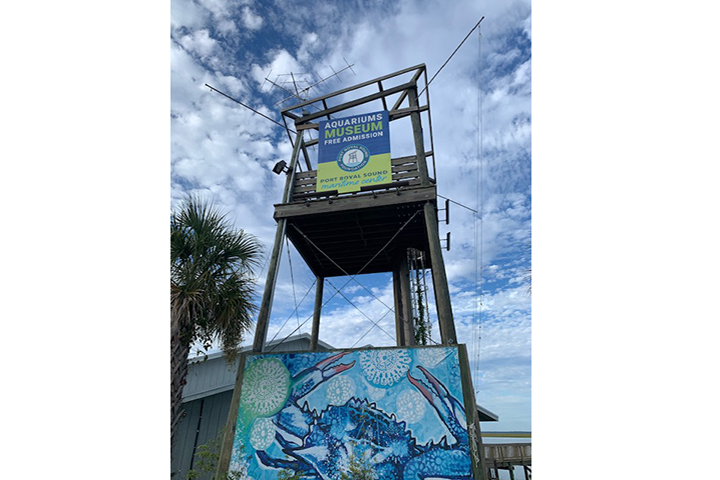
This multi-reserve project led by the ACE Basin Reserve convened a series of workshops to provide guidance and assistance on siting, construction, installation, and interpretation of Motus sites at participating reserves.
The project
Protecting critical habitats for migratory species is increasingly important as sea level rise and climate change reduce the availability and diversity of habitats in the hemisphere. The National Estuarine Research Reserve System (NERRS) operates alongside protected and managed landscapes that provide refuge for a wide array of species that have been deemed research and conservation priorities. Reserves also support a diversity of outreach and education programs that promote environmental stewardship and highlight the importance of protecting habitats for these species.
In 2018, the ACE Basin Reserve received private funding to implement a Motus receiver station at partner State Park, which sparked interest from potential collaborators. The Motus Wildlife Tracking System is an open-source, international network of community hosted radio-telemetry receivers and wildlife researchers designed to investigate a wide variety of wildlife movement questions. Volunteer partners host and operate receiving stations across the world that autonomously listen for flying migratory animals equipped with transmitters called nanotags. Researchers rely on the receivers for movement data for a diversity of tagged wildlife, including birds, bats, and insects.
Through this project, the ACE Basin Reserve facilitated the implementation and expansion of Motus networks in the Mid-Atlantic, West Coast, and Gulf regions. Participants met through a combination of virtual and in-person workshops designed to meet the needs of partners and intended users in the given region. Partners of all four reserves gave examples of unique ideas to reduce construction costs, such as buying components in bulk when constructing multiple towers and splicing wires in-house. Presentations discussed alternative ways to use Motus towers, such as smaller scale studies to better understand resident population dynamics and species behavior.
The impact
- Enhanced collective ability–within and beyond the NERRS–to track and address impacts for flying migratory animals, particularly coastal birds, across regions.
- Created new partnerships and positioned the ACE Basin Reserve as a regional leader for the Motus initiative, while enabling partners to increase their contribution to coastal bird research and engage their intended users in coastal bird conservation and management.
- Built capacity for reserves to implement Motus stations at their sites. Motus Wildlife Tracking Systems can be used to address specific research questions, monitor species of concern, and promote partnerships and outreach.
- Positioned reserves to become regional hubs for Motus information and technical assistance, including sourcing components for and building Motus computers, analyzing sites to help partners choose appropriate locations for receiving stations, and aiding with implementation and maintenance of receiving stations.
- Increased awareness about the research benefits, technical challenges, and human dimensions tradeoffs associated with installing Motus stations in reserves, including the importance of aesthetics when installing towers, potential new maintenance costs that can arise as technology changes over time, and ways to save money while installing new stations.



